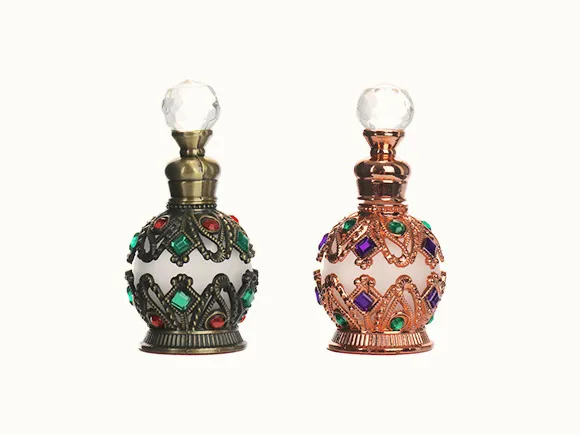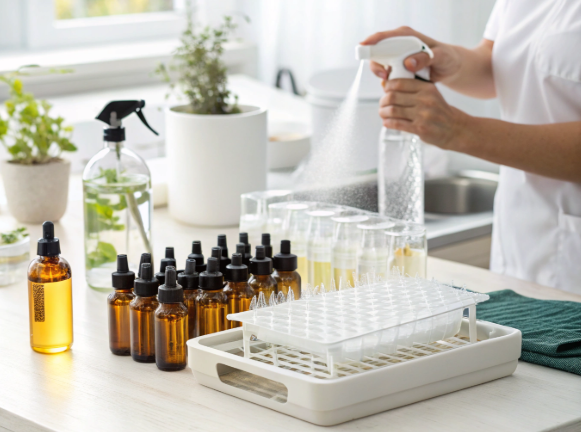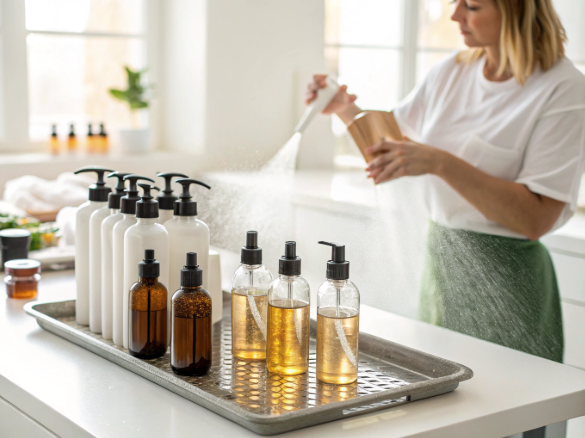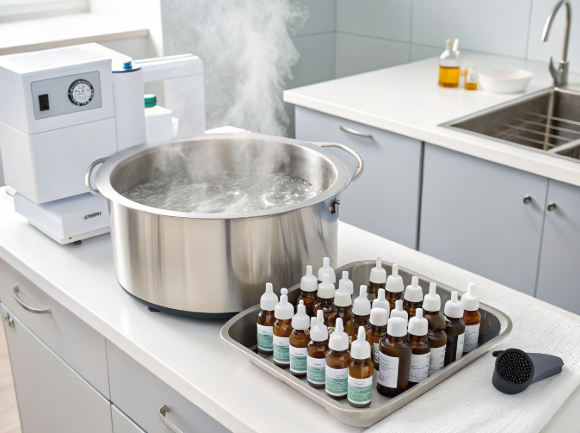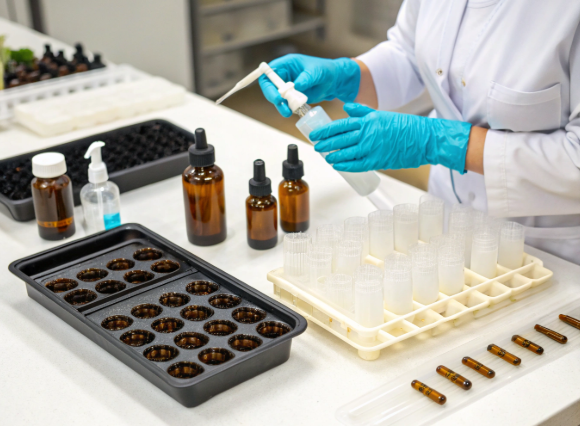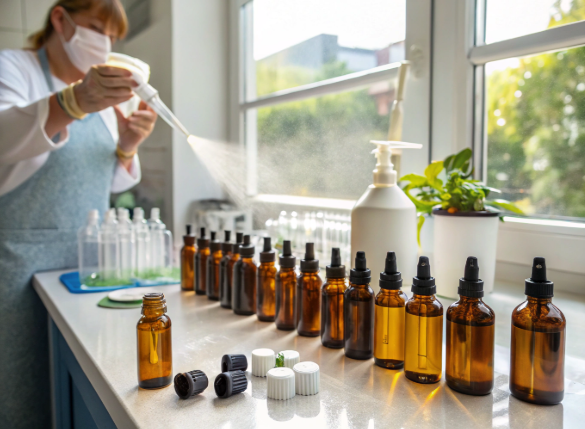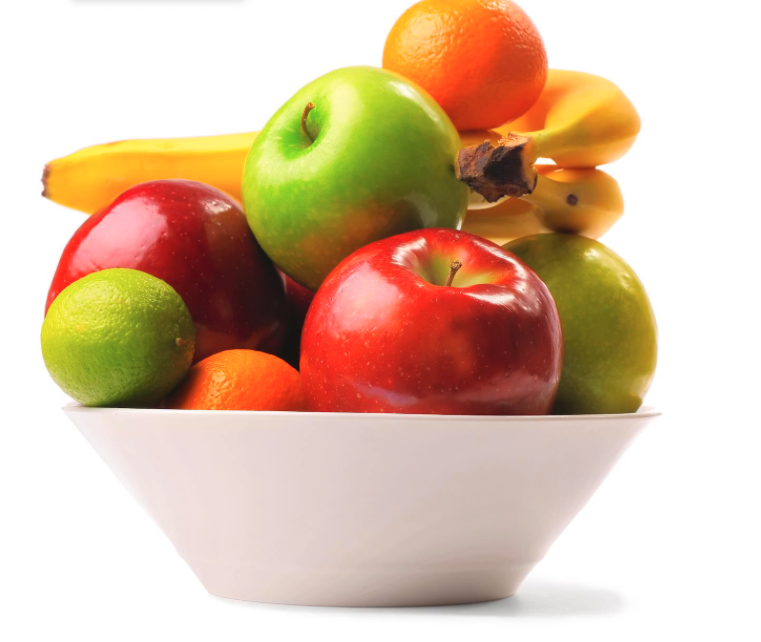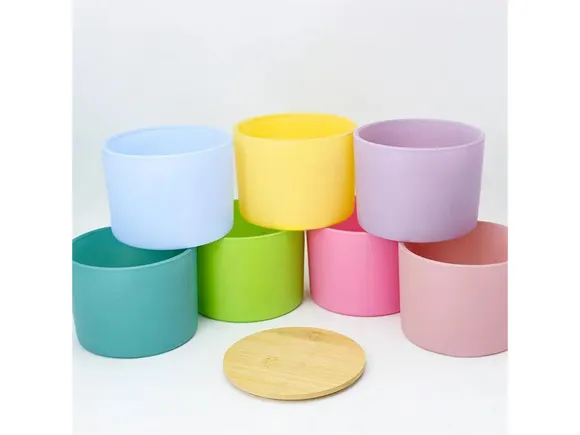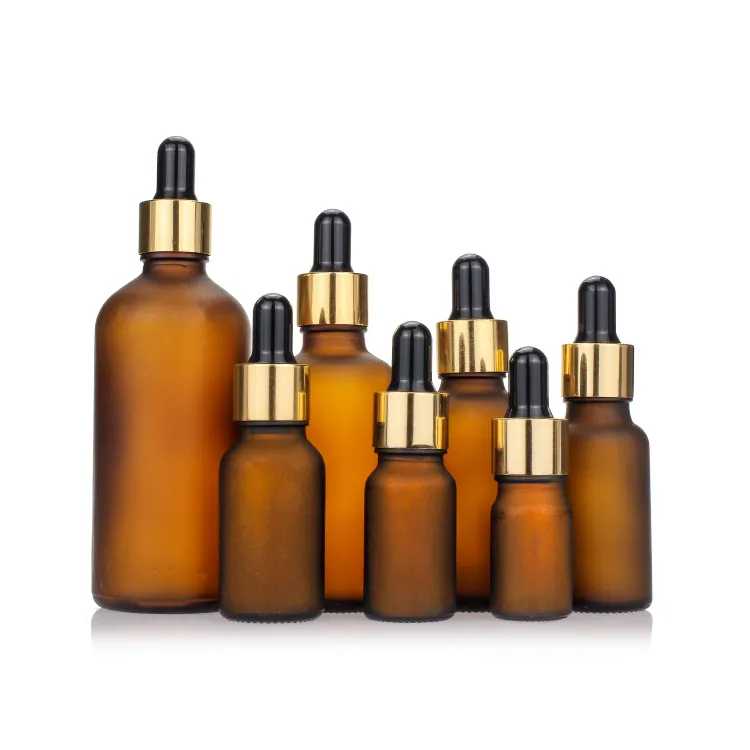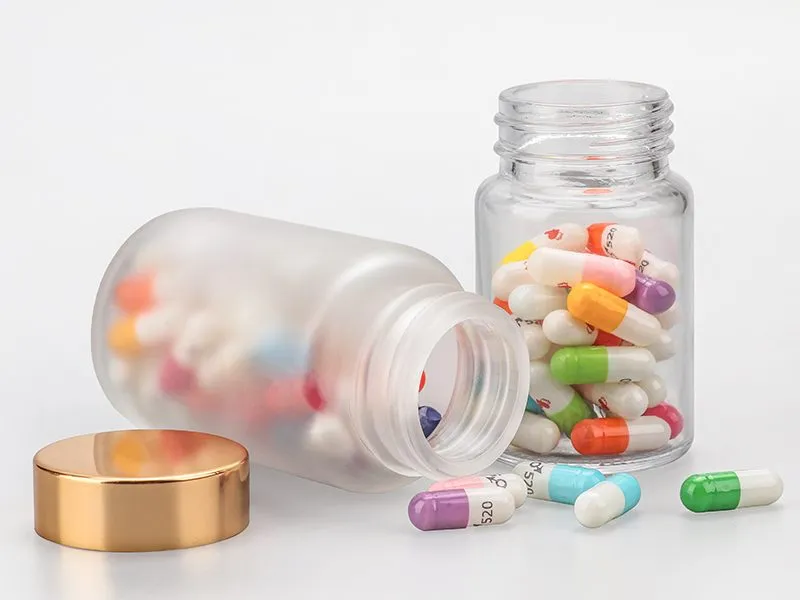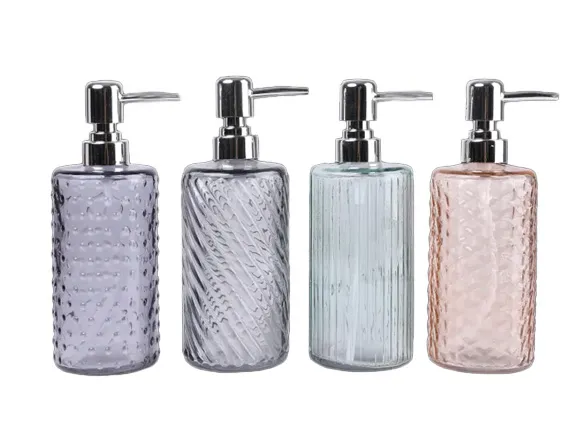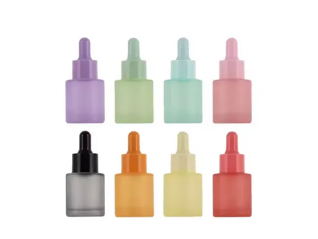Even the purest essential oils leave behind stubborn residues—residues that can ruin your next formula, alter product scent, or even spark customer complaints.
Essential oil glass bottles should be cleaned with hot soapy water, rinsed with high-proof alcohol, and thoroughly air-dried to ensure they’re free of oil, odor, and microbes.
At PauPack Bottles, we supply millions of essential oil containers to beauty, wellness, and aromatherapy brands worldwide. Whether you're prepping brand-new bottles for production or reclaiming used ones from sampling kits, mastering the cleaning process is essential for product integrity.
How to clean essential oil bottle glass?
If you’ve ever reused an essential oil bottle, you know one rinse won’t do the job.
Start by soaking bottles in warm, soapy water for 30 minutes, scrub thoroughly with a brush, rinse completely, and allow them to air dry upside down.
Cleaning essential oil glass bottles involves more than just a quick rinse because oils are lipophilic (fat-soluble), meaning they cling stubbornly to surfaces. Many oils—especially those with citrus or herbal bases—can oxidize or leave sticky residues that trap dirt or microbes.
Step-by-Step Guide to Basic Cleaning
| Step | Action | Details |
|---|---|---|
| 1 | Disassemble all parts | Remove caps, orifice reducers, droppers |
| 2 | Soak in warm, soapy water | Use a natural, unscented detergent to avoid chemical residues |
| 3 | Scrub thoroughly | Use a small bottle brush to clean interior corners |
| 4 | Rinse with clean water | Preferably warm; rinse 2–3 times for best effect |
| 5 | Place on drying rack upside down | Ensure full drainage; avoid cloth drying which may leave fibers |
Tip: If sticky residue remains, soak with white vinegar or rubbing alcohol for an extra 30 minutes before repeating the cleaning process.
Why Soaking Time Matters
Many essential oil constituents are semi-volatile and take time to release from the bottle’s interior surface. Soaking not only loosens grime but also reduces cross-contamination risks if you're repurposing packaging for a new scent or blend.
How do you sterilize glass bottles for oil?
Sterilizing isn’t optional—especially for brands targeting export markets or producing in GMP-compliant facilities.
Boil bottles for 10 minutes or rinse with 70%+ isopropyl alcohol to sterilize glass packaging before filling.
Even after thorough cleaning, trace microorganisms or dust may remain. Sterilization ensures that your product stays uncontaminated through storage, transit, and shelf life.
Comparison of Sterilization Methods
| Method | Process Description | Best For |
|---|---|---|
| Boiling | Submerge bottles in boiling water for 10 mins, dry on rack | Glass only, no plastic |
| Alcohol Rinse | Swirl with 70–99% ethanol or isopropyl, allow to evaporate | Fast batches, heat-sensitive use |
| Steam Sterilizer | Use lab-grade autoclaves or bottle steamers | High-volume, automated systems |
| Oven Heating | Bake at 150°C (302°F) for 15 mins (glass only) | Specialty labs, perfume filling |
Important: Never boil caps, droppers, or pumps unless they're 100% silicone or metal. These parts should be sterilized separately with alcohol or replaced with new.
When Should You Sterilize?
-
Before any commercial batch filling
-
Before exporting to EU/US where hygiene regulations are strict
-
When switching formulas (especially oil to oil blends)
-
After long storage, even if unused
At PauPack, we recommend sterilizing every batch of bottles right before filling, even if the bottles are delivered brand new and sealed. This helps ensure GMP readiness and brand reputation.
How to clean an essential oil spray bottle?
Spray bottles add a layer of complexity due to moving parts—and improper cleaning often leads to clogs or stuck nozzles.
Disassemble the spray bottle, flush each component with soapy water and then with alcohol, and test spray to ensure no residual blockage.
Spray mechanisms often harbor micro-residues, especially when used for thicker oils or blends like room sprays or facial mists.
Deep Cleaning Checklist
| Component | Cleaning Action | Notes |
|---|---|---|
| Glass Bottle | Soak, scrub, rinse, dry | As per standard EO bottle process |
| Spray Nozzle | Pump warm soapy water through, repeat with alcohol | Test spray after cleaning |
| Dip Tube | Soak separately, push cleaning solution through manually | Replace if severely discolored |
| Cap | Rinse with soap, brush threads | Check for oil film |
Troubleshooting Tips
-
Clogged Nozzle? Soak in vinegar + baking soda, then pump clean water
-
Sticky Spray? Check for thicker essential oils (e.g., sandalwood, patchouli) which may need dilution
-
Residual Scent? Alcohol flush followed by 48hr open-air dry often solves it
Proper spray cleaning extends shelf life and ensures a consistent customer experience—especially for aromatherapy blends and facial mist applications.
How to get essential oil smell out of glass bottles?
That lingering lavender or eucalyptus scent may be relaxing—but not when you're trying to fill bottles with rose or peppermint oil.
Neutralize strong essential oil smells using alcohol, white vinegar, or baking soda solutions, followed by at least 24 hours of open-air drying.
Essential oils cling not just to glass, but to dropper caps and orifice inserts. Residual odor may affect your blend’s final fragrance profile—so complete scent removal is key.
Smell Removal Methods
| Method | How It Works | Application Notes |
|---|---|---|
| Alcohol Rinse (95%) | Breaks down oil molecules, evaporates cleanly | Best for most EO types |
| White Vinegar Soak | Neutralizes alkaline residues, breaks up sticky oils | Use overnight if strong odor |
| Baking Soda Paste | Absorbs odor, mild abrasive | Best for very stubborn smells |
| Sunlight Drying | UV rays help dissipate residual odors | Avoid overheating the glass |
Optional: Essential Oil Neutralizers
Some brands use a neutralizing wash blend with lemon EO and castile soap for a natural scent removal. However, these must be rinsed thoroughly to avoid adding a new scent layer.
At PauPack, we’ve helped dozens of indie brands switch to airtight packaging options and improve their cleaning protocols to cut down scent cross-over during product launches.
Conclusion
Cleaning essential oil bottles isn’t just a backroom task—it’s part of your brand’s quality promise. When done right, it protects your formula, your customers, and your bottom line.
Use hot water, soap, alcohol, and patience—because packaging hygiene is essential oil integrity.



